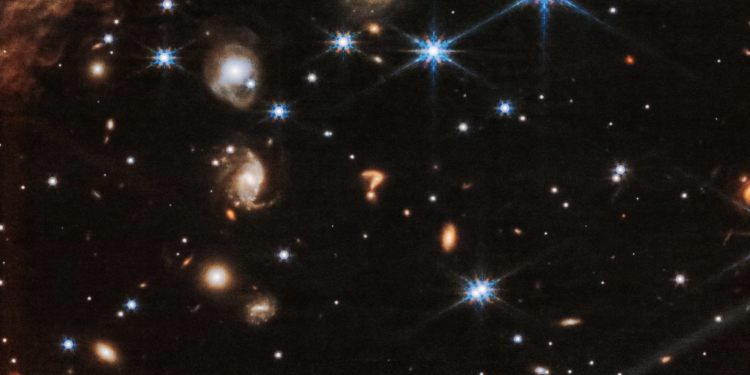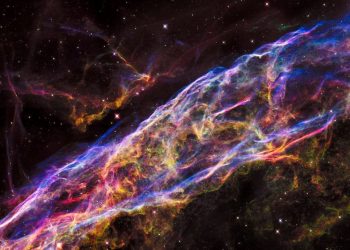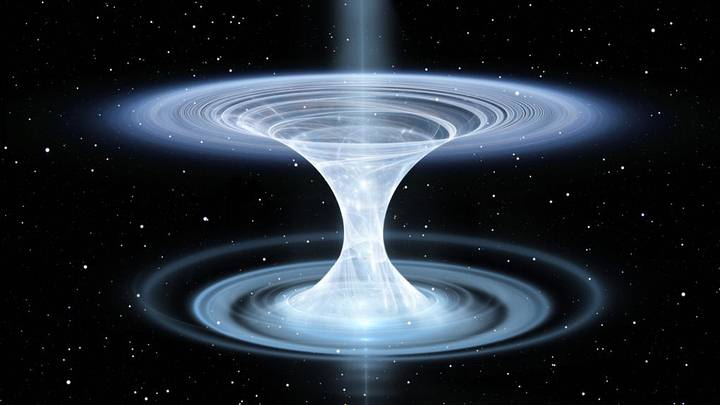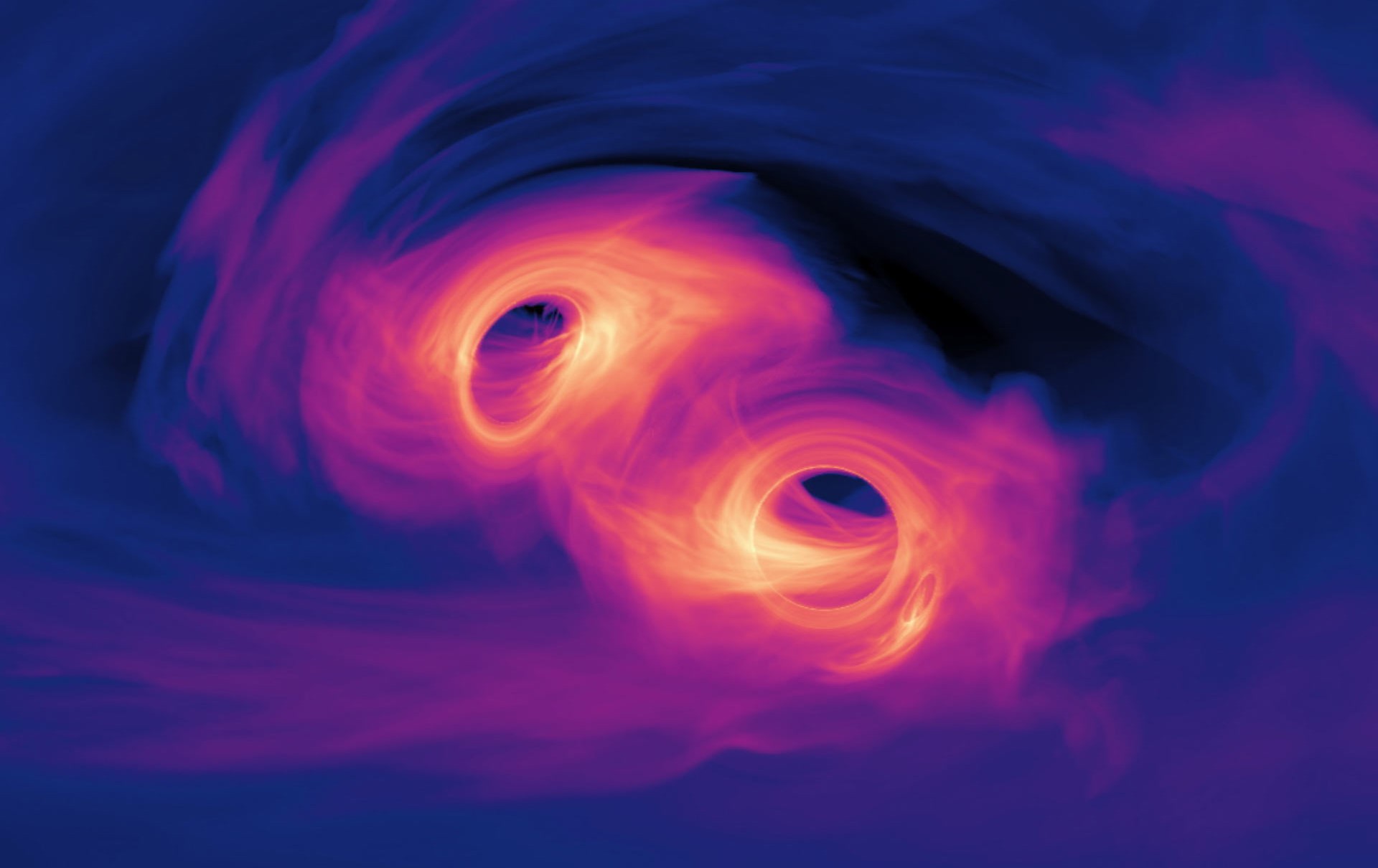Astrophysicists have long struggled to reconcile contradictions in our understanding of the universe’s expansion and the formation of galaxies. But now, groundbreaking research from MIT scientists suggests that dark energy, a mysterious force that has intrigued astronomers for decades, might be the key to unlocking some of these long-standing cosmic riddles.
Dark energy, which is believed to make up about 70% of the universe’s total energy and matter, is thought to be driving the universe’s accelerated expansion. Acting as a form of anti-gravity, it exerts negative pressure, counteracting gravitational forces and pushing the universe outward. First conceptualized by physicist Michael S. Turner in 1998, dark energy remains one of the most elusive phenomena in astrophysics.
One of the most puzzling challenges in cosmology is the Hubble tension—the discrepancy between different methods of measuring the universe’s expansion rate. Some methods suggest the universe is expanding faster than others predict. Now, a team of MIT researchers proposes that an early burst of dark energy may explain these conflicting results.
Additionally, observations from the James Webb Space Telescope (JWST) have revealed a surprising number of massive galaxies in the early universe—far more than existing models had predicted. MIT’s new research suggests that early dark energy could also account for this unexpected abundance of galaxies.
“You have two monumental puzzles staring us in the face,” explains Rohan Naidu, co-author of the study and a postdoc at MIT’s Kavli Institute for Astrophysics and Space Research. “Our findings suggest that early dark energy provides a simple, elegant solution to both problems.”
How the James Webb Telescope is Changing Our Understanding
When the JWST began capturing light from the farthest corners of the universe, it revealed galaxies from as early as 500 million years after the Big Bang. Prior theories suggested that such massive structures wouldn’t form so early. However, JWST detected galaxies the size of the Milky Way, far sooner than anticipated.
Lead author Xuejian (Jacob) Shen notes the implications of this: “These bright, clustered galaxies appeared far earlier than we expected. It’s like seeing the lights of a city when we thought we’d only see small rural villages in those early cosmic moments.”
Central to this study is the concept of dark matter halos—regions of space where gravity is intensified, pulling in matter and providing the framework for galaxies to form. The MIT team modeled how dark energy might have influenced the formation of these halos, leading to the early development of larger galaxies.
“We think of dark matter halos as the skeleton of the universe,” says Shen. “Galaxies form within them, and our model shows how early dark energy may have increased the number of these halos, giving rise to larger, brighter galaxies.”
A New Perspective on the Hubble Tension
The researchers also developed an Early Dark Energy (EDE) model to address the Hubble tension. By adjusting how much dark energy may have existed in the early universe, they found that these models could resolve the conflicting measurements of the universe’s expansion rate. Their work shows that early dark energy likely played a significant role in shaping the cosmic structure we see today.
“Our findings suggest that the early universe was much more abundant and clustered than previously thought,” Naidu explains. “This has profound implications for our understanding of how the universe evolved.”
The MIT team is hopeful that further observations from JWST will confirm their theories, potentially rewriting our understanding of the universe’s early days. Co-author Mark Vogelsberger adds, “If our findings hold up under further scrutiny, we’ll have taken a major step toward understanding two of the most challenging questions in cosmology. Our next steps involve integrating early dark energy into larger simulations to refine our predictions even further.”
As cosmologists continue to investigate the impact of dark energy on the universe’s expansion and structure, we may soon have the answers to questions that have puzzled scientists for decades. The study, “Early Galaxies and Early Dark Energy: A Unified Solution to the Hubble Tension and Puzzles of Massive Bright Galaxies Revealed by JWST,” was published in the Monthly Notices of the Royal Astronomical Society on September 13, 2024.











